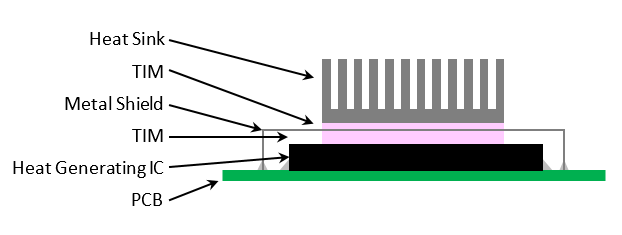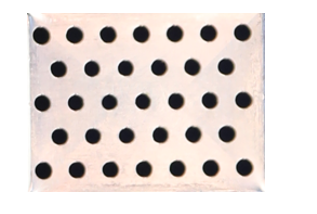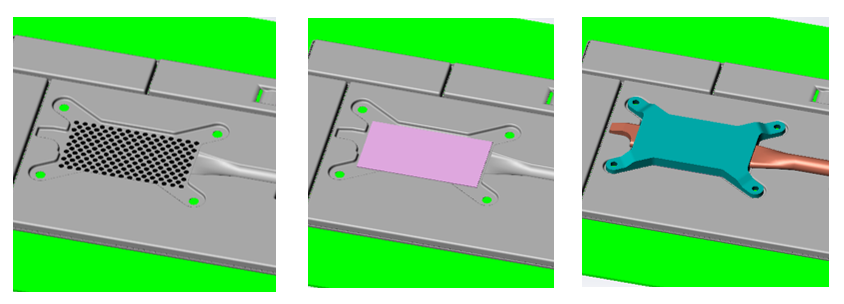Speed, performance, cost, and portability have emerged as the high design parameters for PCB designers today. Densely populated printed circuit boards form the core of most electronic devices we use today. These boards have helped electronic OEMs to improve in terms of operational efficiencies; however, they have also introduced challenges in terms of effective thermal management and EMI shielding. If you look together, both these concepts are quite different, but they can influence the working of a PCB to a large extent. The PCB designers have been incorporating many design changes for thermal efficiencies, however, they are not enough. Adding to this, most electronic devices are operated at high speeds and near to or with other digital devices or equipment, which increases the chances of EMI. To mitigate this, nowadays, PCB designers are using board-level shields, which help mitigate EMI and RFI issues. But they do not help in thermal management. How to address both challenges? Read this post to know these answers and more.
A Brief Overview of System Stack-up in EMI Shielded Circuit
In a typical scenario, the system stack-up in an EMI shielded circuit or component consists of the follow:
The PCB + component + air gap + shield

In this scenario, the air gap serves as an “air blanket”, which is a tremendous insulator and significantly impacts heat transfer away from the chip. To overcome this, a typical scenario would be to add a thermal interface material (TIM) between the chip and the shield. Then, another TIM would be added on top of the shield and a heat sink (or other passive heat dissipating device) would be added on top of the TIM. This is illustrated below.

How Snapshot Board Level EMI Shielding Helps in Heat Dissipation
Now, let’s take a look at how SnapShot® board level EMI shielding can further enhance heat dissipation while providing superior shielding effectiveness.
It all starts with the base material of SnapShot shields, which is the engineered polymer: polyetherimide. Although polyetherimide is an insulator rather than a conductor, such as traditional metal shields, the unique design capability allow it to perform equally well or better and with fewer materials.
Because the inside surface of the SnapShot shield is non-conductive, we are able to completely eliminate the air blanket between the shield and the component. Again, the air blanket required by traditional metal cans is very insulative in terms of reducing heat transfer.
So, in these cases, the SnapShot shield is designed to intentionally interfere with the top of the heat generating component. And, because SnapShot is flexible, this interference is absorbed by the shield and ensures intimate contact between the shield and the component. An additional benefit of doing this, SnapShot enables the elimination of one of the layers of TIM material.

To enhance heat transfer to the heat sink even further, we have the ability to perforate the top of the shield in the area of the component. Then, the TIM is in direct contact with the component in the areas of these perforations, which have been sized based on the customer’s frequency of concern as to not degrade shielding effectiveness. An example of these perforations is shown below. In this case, the perforations are 1.5mm diameter,

A real world example of a SnapShot® shield designed for extremely efficient incorporation of a heat pipe is shown here:



